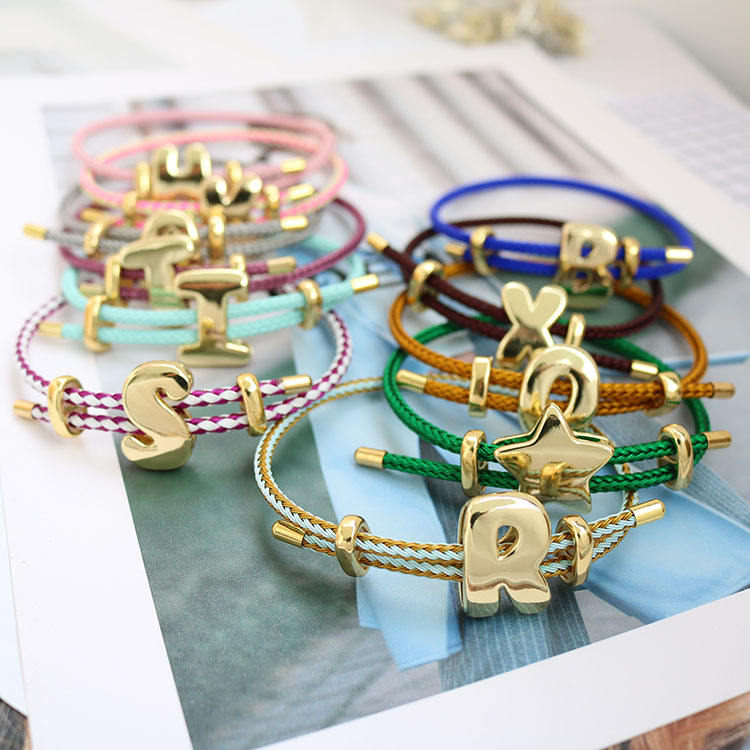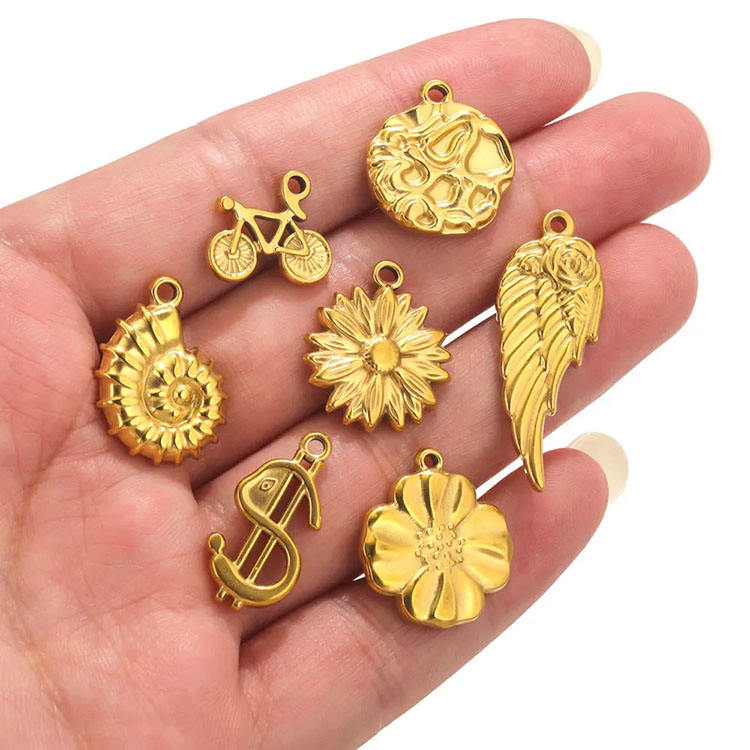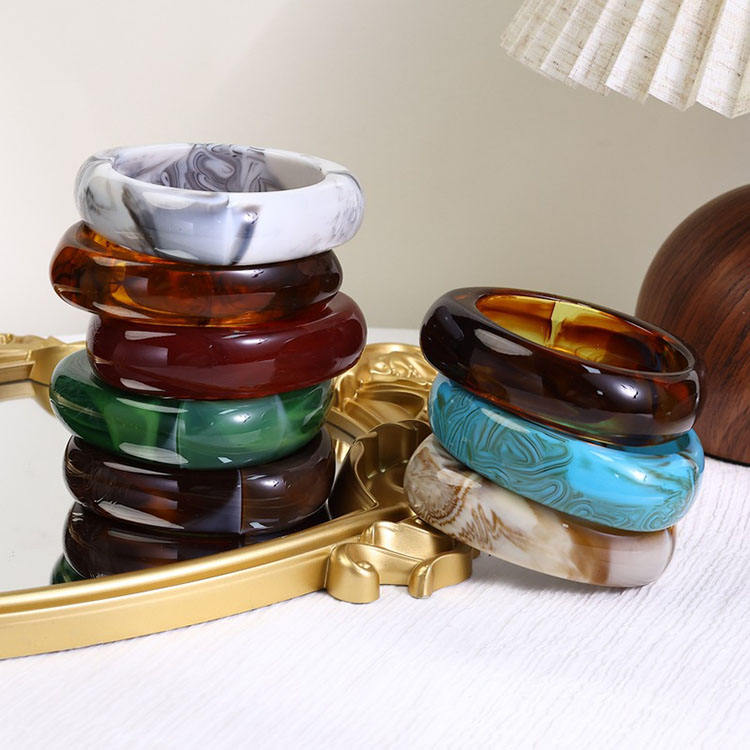Silver jewelry remains a beloved choice for its timeless beauty and versatility. However, when selecting between sterling silver and fine silver, many wonder about their differences—especially regarding tarnish resistance. Let’s explore the characteristics of each and clarify which is more prone to tarnishing.
Composition and Properties
Fine silver consists of 99.9% pure silver, making it one of the purest forms available. Its high silver content gives it a distinct softness and a bright, warm luster. Due to its minimal alloy content, fine silver is highly resistant to tarnish. However, its malleability makes it less suitable for frequently worn jewelry, as it is prone to scratches, dents, and deformation.
Common Uses
Fine silver is often reserved for specialized items such as ceremonial objects, fine jewelry with minimal wear, and investment pieces where purity is prioritized over durability.
Composition and Properties
Sterling silver is an alloy composed of 92.5% silver and 7.5% other metals, typically copper. The addition of copper enhances its strength and durability, making it ideal for everyday jewelry like rings, bracelets, and necklaces. However, the presence of copper increases its susceptibility to tarnishing, as copper reacts more readily with environmental elements.
Common Uses
Sterling silver is widely used in commercial and handmade jewelry, accessories, and functional items like cutlery and decorative objects. Its balance of beauty and practicality makes it a popular choice.
Why Sterling Silver Tarnishes Faster
Sterling silver tarnishes more quickly than fine silver due to its copper content. Copper reacts with sulfur compounds in the air, moisture, or chemicals from skincare products, leading to oxidation and tarnish formation. Fine silver, with its near-pure composition, lacks these reactive metals and is significantly more tarnish-resistant.
Environmental and Usage Factors
Tarnishing can be influenced by:
Humidity and Pollution: High moisture levels or urban environments accelerate tarnishing.
Skin Chemistry: Individuals with acidic skin may experience faster tarnish buildup.
Frequency of Wear: Regular wear can slow tarnishing by naturally polishing the surface.
Storage Conditions: Improper storage exposes silver to tarnish-causing elements.
Care Tips for Both Types
Gently clean jewelry with a soft, lint-free cloth after wear.
Store pieces in airtight containers with anti-tarnish strips or bags.
Avoid exposure to chemicals, perfumes, lotions, and saltwater.
Use a silver polishing cloth for occasional maintenance.
Additional Protection for Sterling Silver
Apply a thin layer of clear nail polish to high-wear areas like clasps or backs of pendants (reapply as needed).
Consider rhodium plating for added tarnish resistance (common for rings and chains).
For Minimal Maintenance
Fine silver is ideal if you prioritize tarnish resistance and prefer pieces for occasional wear or display.
For Durability and Versatility
Sterling silver is better suited for everyday jewelry, offering strength and affordability despite requiring more frequent care.
While sterling silver does tarnish faster than fine silver due to its alloy composition, both types can maintain their beauty with proper care. Your choice should align with your lifestyle, aesthetic preferences, and maintenance willingness. Whether you opt for the purity of fine silver or the durability of sterling silver, understanding their differences ensures you can enjoy your jewelry for years to come.









